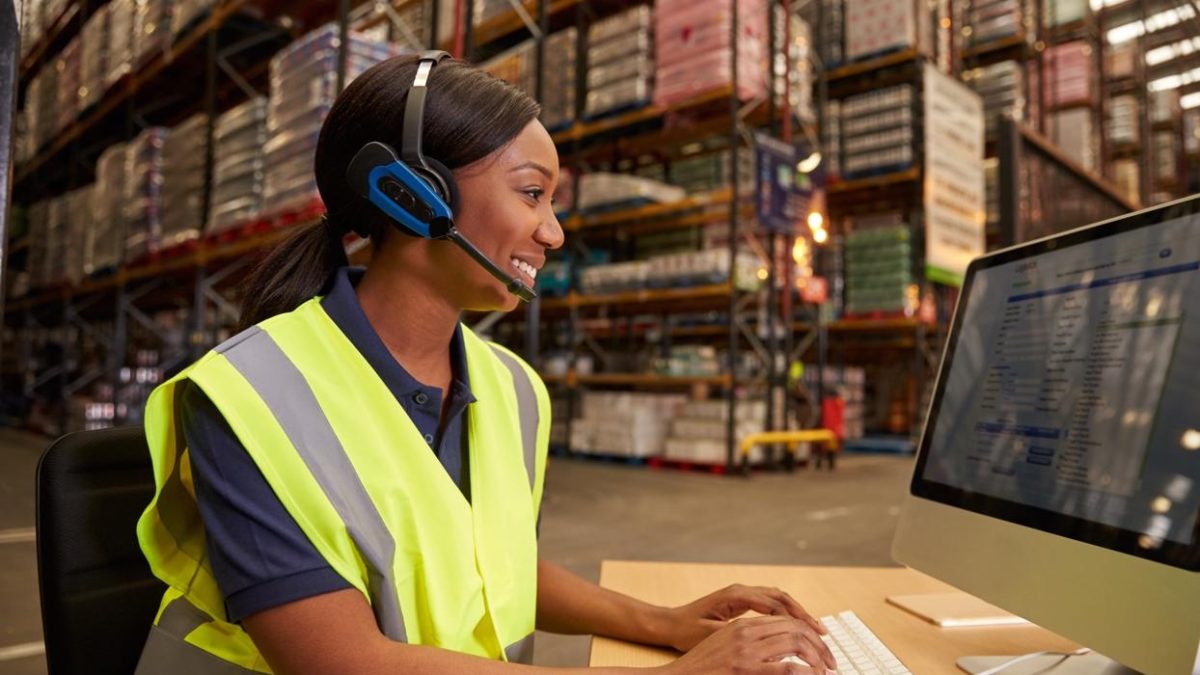This blog was co-authored by Kirk Waldrop.
Blue Yonder is committed to helping its customers face the unexpected. To provide insights into the COVID-19 coronavirus pandemic and its impact on supply chains around the world, we are delivering a blog series to help anyone looking for support and advice. Our experts, who have spent years in the supply chain industry, share their insights.
The changes brought about by COVID-19 are challenging third party logistics providers (3PLs) in unprecedented ways. Stay-at-home orders and social distancing altered consumer patterns almost overnight, changing what people buy, where it’s purchased, and, as a result, how it is delivered. For 3PLs, the disruption is straining distribution and fulfillment operations.
Meanwhile, how long these conditions will persist and the timing of an economic recovery remains a mystery. In this environment, 3PLs must make tactical moves to service uneven shifts in demand while focusing on agility and flexibility in the long term.
The challenging conditions 3PLs face right now
Many 3PLs that serve shippers with “essential” products are operating at peak season levels and experiencing similar labor and space scarcity. Depending upon their location, they’re competing for labor with other DCs, grocery stores, and home delivery service providers – some of which are luring new workers with hazard pay. As far as space is concerned, only 3PLs with large networks can afford to redeploy inventory to other locations that is then compounded with potentially higher transport costs. Other players are being forced to lease or purchase additional warehouse space to fulfill surge demand.
For those 3PLs serving shippers with “non-essential” products, it’s a little more nuanced. Many are struggling to fill gaps in demand – in particular with retail and wholesale at a virtual standstill – resulting in aisles overflowing with products that have nowhere to go and labor with little to do.
For both groups, the biggest wildcard has been the lack of pre-pandemic expertise in e-commerce fulfillment and last mile/home delivery. 3PLs who are not accustomed to servicing this fulfillment channel are struggling with new demand and service requirements and are, consequently, falling behind.
Tactical responses to the immediate impacts of COVID-19
For the foreseeable future, precautions for health and safety remain the top priority. In addition to establishing company-wide policies, 3PLs must adhere to applicable state and local guidelines for each of their locations. These precautions should include temperature checkpoints at entrances, issuing personal protective equipment (PPE) before each shift, and implementing consistent social distancing procedures (e.g., maximum room capacities and the spacing of work areas). You’ll also need to establish procedures for handling suspected and confirmed cases of COVID-19.
Beyond health and safety measures, there are a number of other tactical adjustments you should consider to minimize employee contact while maintaining much-needed productivity:
- Staggering shifts – that is, going from one shift to two or three shifts – lowering on-premise headcount
- Revising facility layouts – incorporating changes such as one-way aisles to help reduce instances of inadvertent close contact
- Changing internal processes – incorporating zone-picking, for example, can eliminate direct hand-offs and the need for workers to traverse an entire facility to compile an order
- Employing the use of wearable technology – alerting workers when they’re too close to each other as well as capture biometric data
- Re-allocating space – including partitioning of work areas with clear panels where space precludes further distancing, to further protect workers
- Leveraging surge warehouse brokers – securing extra capacity or provide another demand channel for your excess space and idle workforce.
The long-term impacts of the pandemic will require continuing measures
Even as infection curves flatten and government guidelines continue to relax, it will be necessary to keep many of these protective measures in place. This pandemic will affect the long-term health of many companies, and 3PLs are not immune.
Reduced efficiency and productivity will result in lower throughput. Ongoing network imbalances, shifting channel demand, and the distortion of key metrics such as on-time in-full (OTIF) will increase costs and further erode performance. Permanent layout changes or even new facilities may be needed to increase flow while maintaining social distancing standards. Increasing automation, including the use of robotics, can also help regain lost efficiencies – but could require a significant investment.
Of course, possible revenue losses from slower-paying or even defaulting customers negatively impacted by COVID-19 will complicate this process, while making the need for increased efficiency even more acute.
Thriving in the “new normal” and beyond will be a balancing act
While looking forward to a world more reminiscent of what we’ve known, we need to face some hard facts. Until a vaccine is developed, tested, approved, and widely distributed (or, alternately, an effective treatment is discovered), the situation at hand is the “new normal.”
3PLs must decide which of these changes should be permanent. Future supply chain disruptions are inevitable. The investments you make today can improve your business flexibility and continuity going forward.

